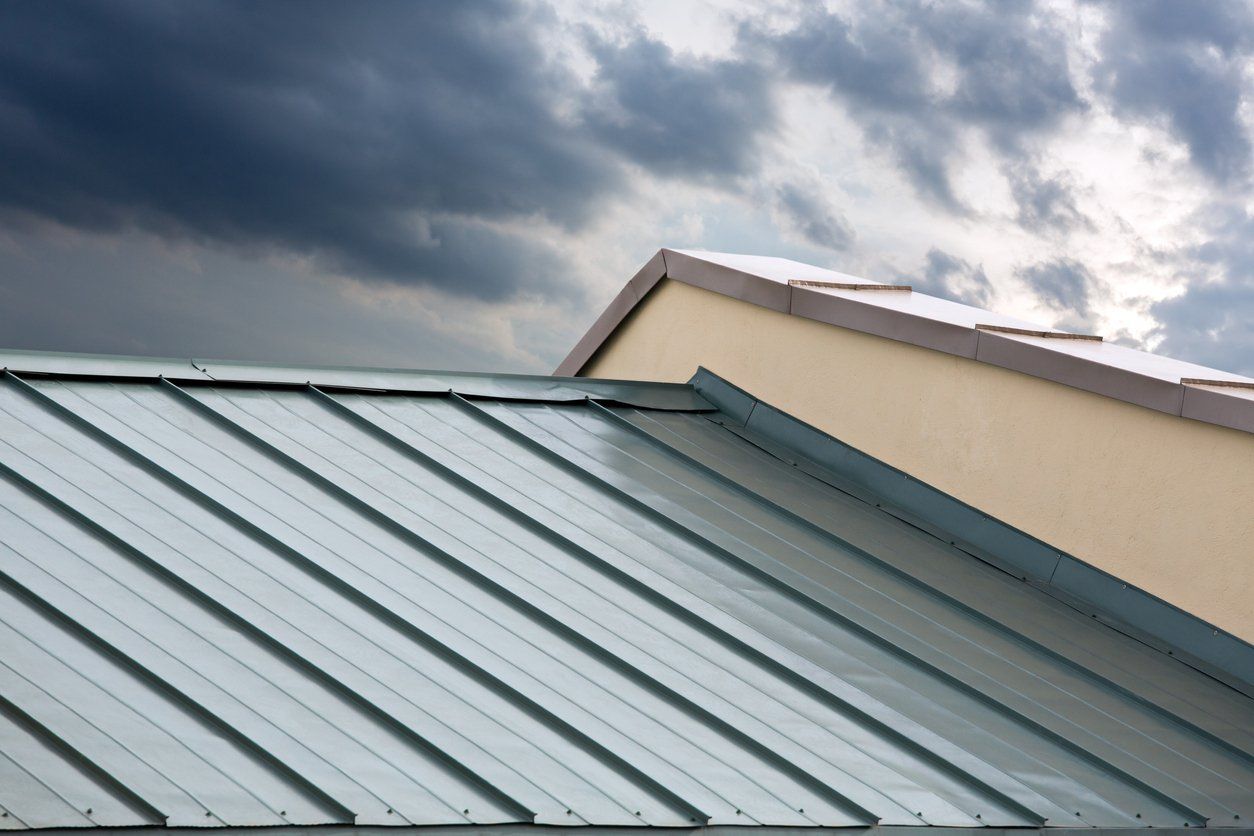Introduction
The roof is undoubtedly one of the most critical components of any home. It protects you from the elements, keeps your family safe, and contributes to the overall aesthetics of your property. However, roof leaks can be sneaky little gremlins that cause significant damage if left unchecked. How to spot a roof leak before it becomes a major problem is essential for every homeowner. In this comprehensive guide, we'll delve into various aspects of spotting roof leaks early on, understanding their causes, and knowing when to call for professional services such as roofing repair.
Understanding Roof Leaks: The Basics
What is a Roof Leak?
At its core, a roof leak is an opening in your roof that allows water to enter your home. It may seem harmless at first but can lead to severe problems like mold growth, structural damage, and expensive repairs.
Common Causes of Roof Leaks
Roof leaks can arise from various factors including:
- Weather Conditions: Heavy rain, snow, or hail can weaken roofing materials. Poor Installation: If the roof wasn't installed correctly initially, it could lead to future leaks. Wear and Tear: Over time, shingles or tiles may degrade.
Signs You Might Have a Roof Leak
Here are some telltale signs:
Water Stains on Ceilings or Walls Mold Growth Damp or Musty Odors Missing ShinglesHow to Spot a Roof Leak Before It Becomes a Major Problem
Identifying potential leaks early is crucial for minimizing damage and repair costs.
Inspect Your Attic Regularly
Regular attic inspections can help you catch leaks before they cause serious problems. Look for signs like:
- Discoloration on the rafters Moisture spots
Check for Water Stains
Water stains can be indicative of hidden leaks. These stains often appear as yellowish-brown patches on ceilings and walls.
Look at Your Shingles
Damaged or missing shingles should be immediately addressed with shingle roofing repair services.

Watch Out for Ice Dams
In colder climates, ice dams can form on roofs and lead to leaks when melting occurs.
Tools You Will Need for Inspection
Essential Inspection Tools
Before you begin inspecting your roof for potential leaks, ensure you have the following tools:
- A flashlight Ladder Binoculars (for distant inspections) Notepad (to jot down observations)
Safety First: Precautions While Inspecting Your Roof
Make sure you take proper safety measures by wearing non-slip shoes and having someone assist you while climbing ladders.
Finding the Source of the Leak
Once you've identified roofing repair Southern Roofing Systems of Spanish Fort signs of leakage, it's vital to find out where it's coming from.
Checking Flashings and Seals
Flashing around chimneys and vents are common leak sources due to wear over time.
Inspecting Gutter Systems
Clogged gutters can back up water onto your roof leading to leaks.
The Importance of Professional Help in Roof Leak Repair Services
While DIY approaches work well for minor issues, some situations require professional intervention.
When Should You Call Roofing Repair Experts?
If you notice extensive damage or multiple leak signs, it's time to contact experts in roofing repair.
Benefits of Hiring Professionals for Roof Leak Repair
Expertise in identifying hard-to-find leaks. Quality materials used during repairs. Warranty options available post-repair.DIY vs Professional Roofing Repair: What’s Best?
Both options come with their pros and cons:
| Aspect | DIY | Professional | |------------------------|-------------------------------------|--------------------------------------| | Cost | Generally lower | Higher upfront cost | | Time | Longer due to learning curve | Faster due to experience | | Quality | Variable | Consistently high |
Preventative Measures Against Future Leaks
To minimize future occurrences of roof leaks:
Routine Inspections Are Key!
Conduct routine inspections twice a year—once in spring and once in fall—to catch potential problems early.
Invest in Quality Materials During Repairs or Replacement
Whether you're opting for metal roofing repair or shingle roofing repair, using high-quality materials can significantly reduce future risks.
FAQs
Q1: How often should I inspect my roof?
A1: It's recommended that homeowners conduct inspections at least twice yearly—once after winter and once after summer storms.
Q2: Can I perform my own roof leak repairs?
A2: Minor repairs can be tackled DIY-style; however, significant damage should always be handled by professionals.
Q3: What should I do if I discover a leak during heavy rain?
A3: Place buckets under the leak area to collect water while calling emergency roofing repair services if necessary.
Q4: How long does it take to fix a roof leak?
A4: Minor repairs might only take a few hours; however, more extensive damages could require several days depending on severity.
Q5: Are there any seasonal considerations I need to keep in mind?
A5: Yes! Seasonal changes can affect roofing materials differently; thus regular inspections are critical during transitions between seasons.
Q6: Do all types of roofs require similar maintenance?

Conclusion
Knowing how to spot a roof leak before it becomes a major problem is not just beneficial; it's essential for safeguarding your home against extensive damage. From regular inspections and understanding warning signs to seeking professional help when needed—every step counts in protecting one of your most significant investments. So grab those binoculars and start checking that roof!
By taking proactive measures today through consistent inspection routines and timely repairs with quality services like shingle roofing repair or metal roofing repair whenever necessary—you’ll ensure that your home remains safe and sound against any potential threats from above!